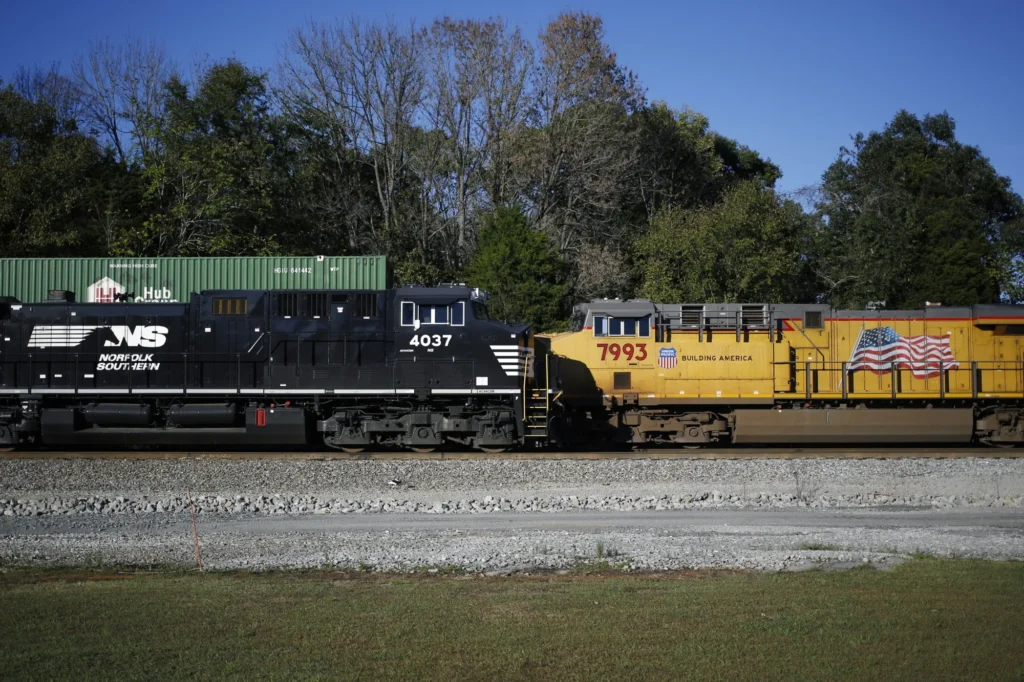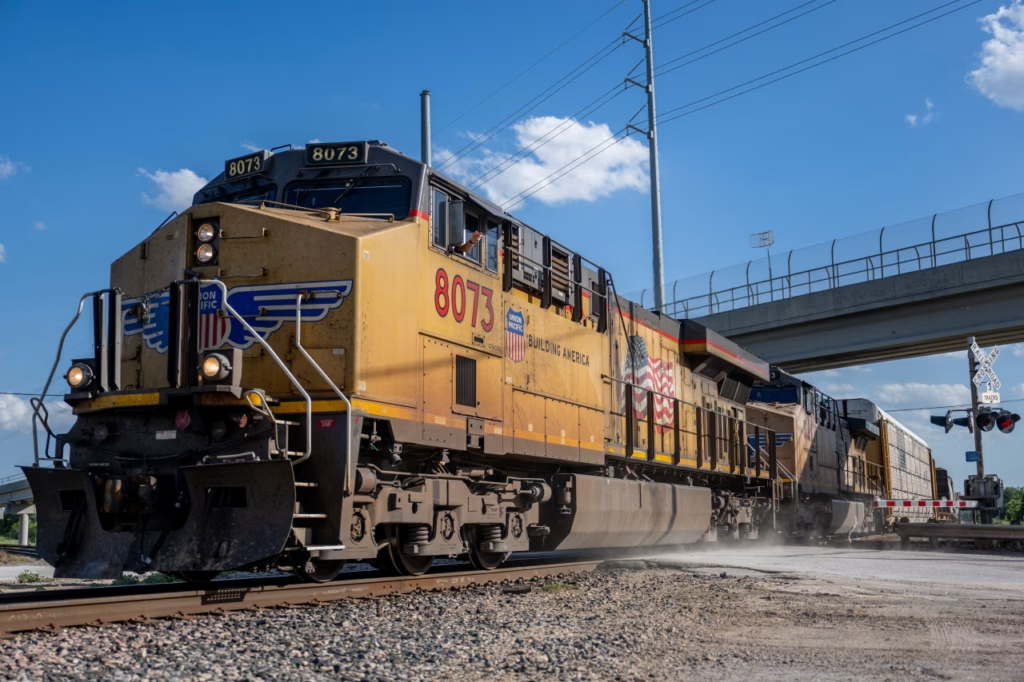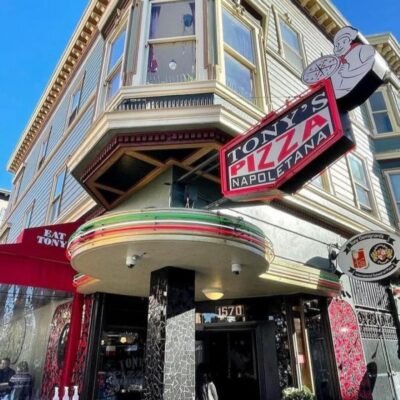In a potentially historic shift for the U.S. rail industry, Union Pacific and Norfolk Southern have confirmed that they are in advanced talks over a merger. This proposed deal, if successful, would combine two of the country’s largest freight railroads into a massive transportation powerhouse. The news has already sparked intense interest across the business world, signaling possible regulatory scrutiny, industry transformation, and major operational changes.
Let’s break down what this Union Pacific Norfolk Southern merger means for the rail sector, the economy, and everyday Americans.
Why This Merger Matters
The U.S. freight rail network is critical to the nation’s economy, moving nearly 40% of long-distance freight volume. Union Pacific, based in Omaha, Nebraska, operates the largest rail system in the western U.S., while Norfolk Southern, headquartered in Atlanta, Georgia, dominates routes in the east.
If these two giants join forces, they would form a coast-to-coast freight network, something that hasn’t existed in over a century. This would impact industries ranging from agriculture and energy to retail and manufacturing, potentially increasing efficiency but also raising concerns over competition.
Union Pacific and Norfolk Southern at a Glance
Union Pacific Corporation
- Founded: 1862
- Headquarters: Omaha, Nebraska
- Network: 32,000 miles in the western U.S.
- Primary Cargo: Agricultural products, coal, industrial goods, automotive parts, intermodal containers
- Revenue (2024): $24.1 billion
Norfolk Southern Corporation
- Founded: 1982 (through merger of Southern Railway and Norfolk & Western)
- Headquarters: Atlanta, Georgia
- Network: 19,500 miles in the eastern U.S.
- Primary Cargo: Chemicals, automobiles, coal, intermodal freight
- Revenue (2024): $13.3 billion
A merger would create a combined entity with nearly 51,500 miles of track and annual revenues surpassing $37 billion.
Key Reasons Behind the Proposed Union Pacific Norfolk Southern Merger

1. Market Expansion
By merging, the two companies could offer seamless coast-to-coast service, making them more competitive against trucking companies and Canadian rail giants like Canadian Pacific Kansas City (CPKC).
2. Operational Efficiency
Consolidating operations could lower costs, streamline logistics, and improve delivery times. Shared infrastructure could reduce duplication and unlock billions in savings.
3. Intermodal Growth
With the rise in e-commerce and intermodal shipping, a unified network would allow for better service integration with ports, warehouses, and trucking firms.
4. Pressure from Competition
The success of CPKC’s merger in 2023 has put pressure on U.S. rail companies to consolidate and remain competitive. The Union Pacific Norfolk Southern merger could be a strategic response.
What the Companies Are Saying
In a joint statement, both Union Pacific and Norfolk Southern emphasized that while the talks are advanced, no final agreement has been reached. They stated:
“We believe a potential combination of our two companies could deliver long-term value for customers, employees, and shareholders, while strengthening the nation’s supply chain.”
Executives added that they are committed to working closely with regulators and stakeholders to ensure transparency throughout the process.
Regulatory Hurdles Ahead

Surface Transportation Board (STB) Scrutiny
The STB, which oversees U.S. railroad mergers, will play a crucial role. Following the CPKC merger, the board has become more cautious and consumer-focused, ensuring that rail competition isn’t harmed.
Antitrust Concerns
Regulators may worry that the merger would reduce competition, especially in regions where both companies already operate or connect. Shippers may be forced to rely on fewer alternatives, potentially raising shipping rates.
Labor & Union Impact
Railroad labor unions are watching closely. Any major restructuring could affect job security, working conditions, and collective bargaining agreements.
What It Means for Shippers and the Economy
Potential Benefits
- Simplified logistics: One network for coast-to-coast deliveries.
- Faster transit times: Fewer handoffs between railroads.
- Reduced costs: Economies of scale could lower prices for some customers.
Risks and Concerns
- Monopoly worries: Less competition might lead to higher freight rates.
- Service disruptions: Integration could lead to short-term logistical issues.
- Local economic impacts: Facility closures or job losses in overlapping service areas.
Industry Reactions to the Union Pacific Norfolk Southern Merger
Investors
Shares of both companies saw a modest uptick following the announcement, signaling optimism about long-term value creation. Analysts from Morgan Stanley and Goldman Sachs have noted that investors are watching for regulatory signals before making big bets.
Freight Customers
Mixed reactions have emerged. While some large shippers welcome the potential for better service, others worry about losing bargaining power.
Competitors
Other Class I railroads, such as BNSF and CSX, are likely to respond with strategic adjustments. Some analysts believe this could trigger a wave of mergers or partnerships across the industry.
Comparing with Past Railroad Mergers
The proposed Union Pacific Norfolk Southern merger brings back memories of past rail mega-deals:
| Merger | Year | Companies Involved | Outcome |
|---|---|---|---|
| BNSF Merger | 1995 | Burlington Northern & Santa Fe | Created one of the largest U.S. railroads |
| CSX/Conrail | 1999 | CSX & Conrail split with Norfolk Southern | Increased competition in the east |
| CPKC Merger | 2023 | Canadian Pacific & Kansas City Southern | First rail linking Canada, U.S., and Mexico |
If this deal goes through, it could become the most impactful rail merger in U.S. history.
What Comes Next?
Due Diligence and Negotiations
Lawyers, bankers, and logistics experts are currently analyzing the feasibility of the merger. If all goes well, the companies may formally announce a deal within months.
Regulatory Review
Expect public hearings, economic impact studies, and STB scrutiny to follow. Approval could take 12–18 months or longer.
Integration Plans
Once approved, the companies will need to integrate operations, IT systems, labor contracts, and fleets—a massive task requiring time and precision.
Final Thoughts: A Defining Moment for U.S. Railroads
The Union Pacific Norfolk Southern merger could reshape America’s rail landscape for decades. It offers the promise of better service and a stronger national supply chain but comes with significant regulatory, competitive, and labor implications.
For now, the world is watching. Whether this proposed merger becomes reality or not, one thing is clear: railroads are once again becoming a central force in America’s economic future.
Read Next – Equinor Offshore Wind Loss: Trump Policy Shift Costs $1B






